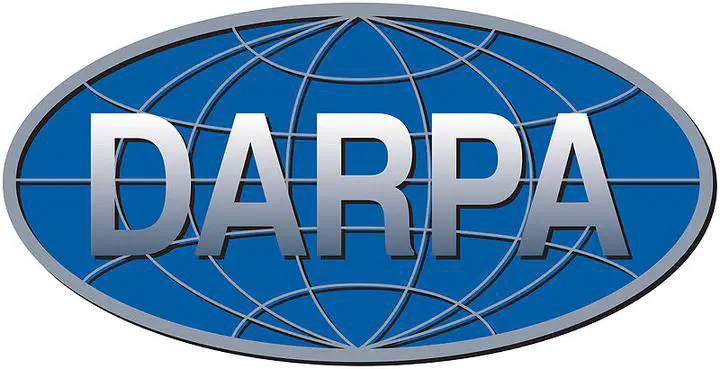CHASM Team Tackling Scalable Capability on Defense Application Requirements

Project CHASM, funded by the Defense Advanced Research Projects Agency (DARPA) as part of its Ubiquitous High Performance Computing (UHPC) program announced in 2010, is focusing UHPC architecture designs on achieving scalable capability on defense application requirements.
The primary milestones in the project have been the creation of several forward-looking large scale benchmarks or “challenge problems” that model difficult computational problems that the Department of Defense will face in the upcoming decade, said Dan Campbell, the project’s research lead and a principal research engineer in the Georgia Tech Research Institute.
Project CHASM, which stands for Challenge Applications and Scalable Metrics identified five problem areas: Streaming Sensors, Dynamic Graph Analysis, Decision/Search, Lagrangian Shock Hydrodynamics and Molecular Dynamics.
Team members are currently focused on the first two. Streaming Sensors involves modeling the computational needs of a radar performing persistent ground imaging and change detection over a very wide area, from an airborne platform. The problem requires up to a half petaflop of arithmetic per second, and works with large, dense linear algebra operations.
The Dynamic Graph Analysis challenge problem models the computing required to maintain an understanding of communities and complex relationships in an environment where connections between individual entities are changing constantly and rapidly. This problem stresses the ability of a computing system to access large amounts of data in unpredictable patterns.
“Our primary goal will be to deliver high quality problem definitions that model the computing complexity of important DoD missions, along with reference implementations of those problems, in C, C++, and other languages,” Campbell said.
To meet the escalating demands for greater processing performance, CHASM’s work will advance the development of future computer system designs that can support new generations of advanced DoD systems and enable new computing application code.
The team is focused on delivering capability-centric benchmarks and metrics for DoD computing systems.
“Most benchmarks report scores for fairly low-level aspects of a computer’s capabilities - such as peak theoretical flops throughput - but the performance of complicated applications is rarely captured by those benchmarks.”
With the complexity of modern computers, performance of a task can be bottlenecked on any of the many scarce resources on the system. Benchmarks and metrics that are focused on low-level and granular capabilities lead to system designs that maximize those granular capabilities, without necessarily focusing on overall application performance, Campbell says.
“By elevating the level of abstraction to mission-performance-centric measurements, we hope to encourage the development of complete computing systems that truly meet the DoD’s mission needs.”
The CHASM team members at Georgia Tech include Campbell, David A. Bader (Computational Science and Engineering), Mark Richards (Electrical and Computer Engineering), and Jeffrey Vetter (Oak Ridge National Laboratory and CSE, Georgia Tech).